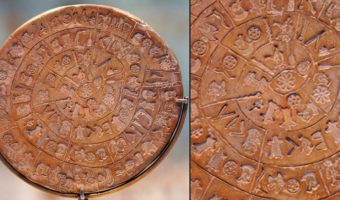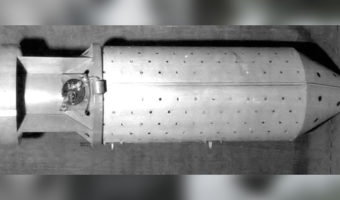30,000-Year-Old “Near-Complete” Mummified Baby Woolly Mammoth Discovered in Canada
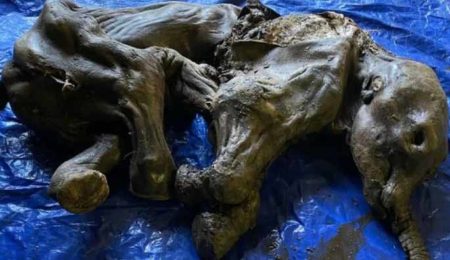
Recently, the mummified remains of a whole baby woolly mammoth were discovered in Canada. This is certainly not the first time the remains of a woolly mammoth have been discovered. Yet, this find has drawn in some eager researchers who wish to pore over it in detail. So what is it that makes this discovery so interesting? Let’s find out!
A miner discovered the mummified baby woolly mammoth in Canada’s Klondike region.
The Klondike region in the Yukon territory of Canada is famous for its gold fields. But in 2022, when a miner went digging in the area, he found something far more valuable than gold. He discovered the remains of a baby woolly mammoth buried in the permafrost within the Trʼondëk Hwëchʼin traditional territory. This baby woolly mammoth, believed to have died at least 30,000 years ago, was determined to be female.
Given how this discovery was made in the territory of a First Nations group, it was only fitting that the baby mammoth would be named in their language. And so, Trʼondëk Hwëchʼin elders named the tiny frozen creature “Nun cho ga.†In the Hän language, this means “big baby animal.â€
No doubt, researchers are excited about what this could mean for our understanding of the majestic woolly mammoths. But they are not the only ones thrilled. According to Trʼondëk Hwëchʼin Chief Roberta Joseph, this discovery is nothing short of “a remarkable recovery for [their] First Nation.â€
This is the most complete mummified mammoth unearthed in North America.
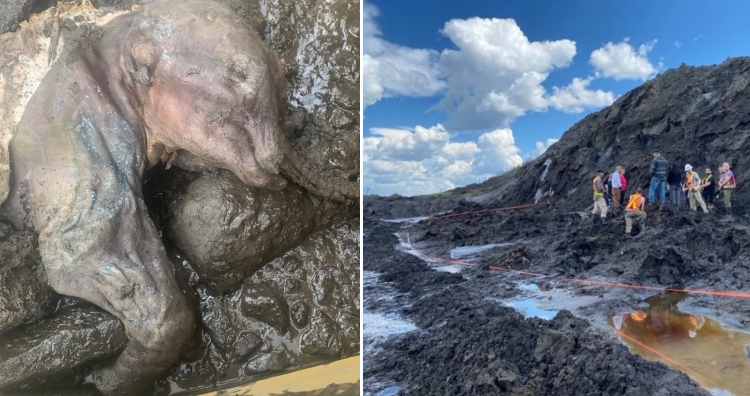
From a pure research point of view, this discovery is undoubtedly significant. To ice age paleontologists like Grant Zazula, this discovery is even a dream come true. But there is also something else that makes this find truly unique. It turns out that this frozen baby mammoth is the most complete mummified woolly mammoth discovered in North America!
Of course, North America has had its fair share of similar discoveries in the past. For instance, in 1948, parts of a mammoth calf were unearthed from a gold mine in Alaska. However, none of these remains have been as well-preserved as this one. As a result, Nun cho ga has been deemed a rather important recovery. Experts also hope to gain a better understanding of woolly mammoths from this discovery.
It is so well-preserved that many of its body parts are still intact.
https://twitter.com/WaterSHEDLab/status/1540386237797650433?ref_src=twsrc%5Etfw%7Ctwcamp%5Etweetembed%7Ctwterm%5E1540386237797650433%7Ctwgr%5E%7Ctwcon%5Es1_&ref_url=https%3A%2F%2Funbelievable-facts.com%2Fwp-admin%2Fpost.php%3Fpost%3D64894action%3Dedit
What is truly incredible about this frozen creature is that it is extremely well-preserved. Experts have noted that the mammoth’s toenails, hair, hide, trunk and even intestines are still intact. This has then allowed them to make some interesting deductions about it. For example, grass found in the infant’s stomach suggests that it was out grazing at the time of its untimely demise.
According to experts, the little one may have strayed a little too far from its mother’s reach and gotten stuck in the mud. Then, it would have been engulfed by the mud and suffocated. The entire ordeal of getting trapped and being buried is also likely to have been very quick.
Sadly, Nun cho ga was just about a month old when it died. Had it grown to be an adult, it could have stood as tall as 13 feet (about 4 meters) at the shoulder. It would have also sported giant curved tusks to keep adversaries at bay.
Such mammoth remains have been discovered in the past.
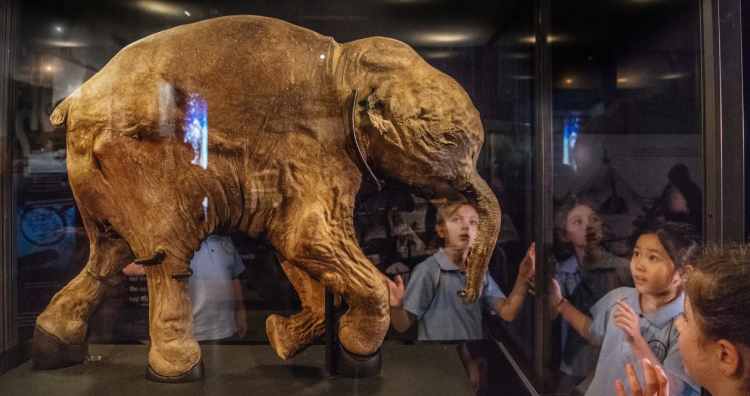
Woolly mammoths went extinct as recently as some 4,000 to 5,000 years ago. During their heyday, they would have roamed the Earth alongside wild horses, cave lions, and giant bison. So, unsurprisingly, woolly mammoth remains have been discovered in the past as well. One such discovery was made in 2007 in Siberia. Also a frozen baby woolly mammoth, this infant was about 42,000 years old and named “Lyuba.â€
10 Amber Fossils That Are Incredibly Preserved

















